Here are some of the lesson plans I was going to teach to the students for the remainder of the year. Feel free to try them at home. I also posted a whole list of great science websites as a resource for parents!
TITLE: 2019 LESSON: Chemical Reactions
NGSS SCIENCE DOMAIN: Physical science
CROSS CUTTING CONCEPTS (CCC’S): Cause & effect
OBJECTIVE/CORE IDEA: PS1B- Chemical reactions
SUPPLIES NEEDED: pie tin, sand, baking soda, powdered sugar, mixing bowl, lighter fluid, lighter, water, oil, vinegar, baking soda, powdered drink, clear carbonated drink, raisins, yeast, hydrogen peroxide, thermometers, milk, food coloring, dish soap
DEMONSTRATION:
WORK PERIOD: Smartboard presentation on Chemical reactions
LAB:
3rd- 5th
- Chemical reaction can produce heat
https://owlcation.com/stem/hands-on-experiments-to-learn-about-chemistry
- Break out into groups and have each table do a carbon snake demo with help from SUU volunteer and myself
https://www.kiwico.com/diy/Science-Projects-for-Kids/3/project/Carbon-Sugar-Snake/2784
https://www.thoughtco.com/make-black-snakes-or-glow-worms-605964
K-2nd
https://easyteachingtools.com/2018/04/easy-slime-recipe-for-your-classroom.html
- Bobbing raisins in soda vs. water
http://www.lovemyscience.com/bobbingraisins.html
https://www.youtube.com/watch?v=rqQSlEViNpk
https://www.stevespanglerscience.com/lab/experiments/milk-color-explosion/
Just place some drops of food coloring as shown in the video over the milk (regular whole milk works best) and dip the q tip into some dish soap. Place the q tip with the drop of soap directly onto the food coloring and watch the colorful fireworks!
Your carbon sugar snake is the product of three chemical reactions that are all dependent on heat. The first of these reactions occurs when sugar combusts (burns) in the presence of oxygen. This produces carbon dioxide gas and water vapor (also a gas), which pushes more of the sugar/baking soda mixture upwards. Some of this additional sugar heats up but doesn’t have access to any oxygen, so instead of burning, it undergoes thermal decomposition, producing solid carbon and more water vapor. This solid carbon now gives the snake some shape, and also gives the snake its black color. Lastly, the baking soda also decomposes in the heat, producing solid sodium carbonate, and carbon dioxide gas and water vapor. Altogether, these three reactions produce both the solid components of the snake (carbon and sodium carbonate) and hot gases (CO2 and water vapor) that expand and inflate the snake up and out of the sand bowl. The sand in this experiment doesn’t chemically react with anything in the growing snake. Instead, it evenly distributes the heat from the burning lighter fluid to the sugar and the baking soda, ensuring a slow, steady burn and the growth of a long carbon sugar snake.
*************************************************************************************
TITLE: 2019 LESSON: The Human body (Heart and Skeleton)/ Curioscope
NGSS SCIENCE DOMAIN: Life Science
CROSS CUTTING CONCEPTS (CCC’S): Systems and system models
OBJECTIVE/CORE IDEA: LS1 A: Structure and function LS1 B: Growth and development of organisms
SUPPLIES NEEDED: Curioscope shirts, Ipad with downloaded curiscope app, x rays, stethoscopes, pulse oximeters, yarn, standard straws, pearl drink straws or larger straws, construction paper, tape, scissors, plastic sewing needles, sock, orange juice, bread, cup, bowl, water
DEMONSTRATION: Show large poster of human body, Digestive system activity GS (generation science) Human body systems lab-
Sock, orange juice, bread, cup, bowl, water: Act like a bowl is your mouth and tear up the bread to put in the “Mouth”. Now spray the bread with a water bottle “Your saliva” and mash the bread up like your teeth would. Next add the mushy bread down the sock that is turned inside out around the cup. The cup is like it’s going down your “throat”. The sock represents your “stomach” Next add the orange juice which represents the “stomach acid” and squeeze out the juice into the cup. Talk about how digestion starts in the mouth and how it goes through the small and large intestine and all about the digestive system.
WORK PERIOD: Smartboard presentation on the human body
LAB:
K-3rd
Rotations:
- Lung model- everybody
- Look at xrays and assemble
- Curioscope demonstrations, (2 tables)
- Stethoscopes and Pulse oximeters
- Color a picture
4th-5th
- Skeletal hands
- Straw pumps
OR
- Curioscope demonstrations
- Lung model
- Ball squeeze experiment
- Stethoscopes and pulse oximeters
- Make skeletal hands out of straws or hydraulic hands
https://www.instructables.com/id/Robotic-Hand-Science-Project/
Ball squeeze experiment. Take your pulse. Times it by 4 minutes. So 70 beats a min X/4 min = 280 beats. Squeeze tennis ball 350 times. Time yourself and see if your skeletal muscle is slower or faster than your cardiac muscle.
Make a straw (veins) pump into balloon (heart) Test how many seconds it takes to blow up balloon regular versus blowing through the straws. Represents heart pumping blood through veins. Test against control (blowing up balloon without straws
GS- brown paper bag/straw/tape lungs. Practice blowing into it. What happens to your stomach when you take deep breaths? Think about this as you model what the lungs do while breathing. Write down in your notebook what happens when you blow into the paper bags.
https://www.amomstake.com/kid-friendly-science/
Use the body systems worksheet
https://docs.google.com/document/d/1f7AJc3OYc4wnr2sjIkX6WTPCEG4q08PtZxTLpJXQOeA/edit
*************************************************************************************
TITLE: 2019 LESSON: Earth’s Landforms
NGSS SCIENCE DOMAIN: Earth & Space Science
CROSS CUTTING CONCEPTS (CCC’S): Cause and effect, Systems & system models, Scale & proportion
OBJECTIVE/CORE IDEA: ESS2B: Plate tectonics & large scale system interactions, ESS2C: The roles of water in Earth’s surface processes
SUPPLIES NEEDED: Sand, water droppers, bins, water, candles or a hot plate, paper plates, push pins, lighter
INTRO: Rules, science awards.
DEMONSTRATION: Plate tectonics paper plate and heat demo. The intense heat at the Earth’s core causes molten rock in the mantle layer to move in a convection pattern. Warm material rises, cools and then sinks down. Draw a spiral on paper, cut out and push a pin through. Have a candle at the bottom. The warm air will rise and make it spin in a convection current.
https://www.bing.com/videos/search?q=spiral+cut+paper+plate+and+heat+plate+tectonics&&view=detail&mid=AF117F4FEB8910741EFFAF117F4FEB8910741EFF&&FORM=VRDGAR
WORK PERIOD: Smartboard presentation. Earth’s landforms and what causes them.
LAB:
3-5th
- Google Earth different landforms- canyons, lakes, mountains
- Make paper plate circles for heat convection waves
- Erosion stations
- http://science-class.net/archive/science-class/Lessons/Geology/Weathering_Erosion/WandE_3.pdf
- http://science-class.net/archive/science-class/Lessons/Geology/Weathering_Erosion/WandE_2.pdf
- http://science-class.net/archive/science-class/Lessons/Geology/Weathering_Erosion/WandE_1.pdf
- http://science-class.net/archive/science-class/Lessons/Geology/Weathering_Erosion/WandE_4.pdf
- http://science-class.net/archive/science-class/Lessons/Geology/Weathering_Erosion/WandE_6.pdf
- http://science-class.net/archive/science-class/Lessons/Geology/Weathering_Erosion/WandE_8.pdf
K-2nd
Moonsand building- 2 tables
Normal sand
Playdough
weathering stations
*************************************************************************************
TITLE: 2019 LESSON: Growing crystals
NGSS SCIENCE DOMAIN: Physical science
CROSS CUTTING CONCEPTS (CCC’S): Patterns
OBJECTIVE/CORE IDEA: PS2B- Types of interactions
SUPPLIES NEEDED: Ammonia, bluing, salt, sponge, water, food coloring, bowls, pipe cleaner, cups, toothpicks, tape, sugar, flavors, space heater, hot plate/microwave, disposable mini cups with kids, distilled water, epsom salt or alum
DEMONSTRATION: Make rock candy and show some examples or Show crystal growing dolomite. Pour distilled white vinegar on top and put in window for observation. Talk about the origin of popcorn rocks. Observe over the next couple of days.
WORK PERIOD: Smartboard presentation on crystals,
LAB:
4th/5th
Make crystals- SALT/not edible (leave in classroom)
https://engineering.oregonstate.edu/momentum/k12/june04/
http://mrsstewart.com/wp/wp-content/uploads/2013/02/Salt-Crystal-Garden.pdf
https://learning-center.homesciencetools.com/article/make-fast-growing-crystals/
https://www.thoughtco.com/how-to-grow-quick-sheet-crystals-606253
- Salt Crystals: just basic over saturated salt water that’s been boiled. Add a string/pipe cleaner over a pencil/toothpick on top of a cup/mini cup and salt crystals will form. (could take home clear liquid in cups disposable mini cups with lids)
K-3rd
Make a crystal solution and try creating your own 3D snow picture. (take home)
- Create a crystal solution by mixing 2 cups of sugar (or 3 tablespoons of borax) into a cup of hot water until it is fully dissolved.
- Find a piece of black card.
- Dip your paintbrush into the crystal solution.
- Paint your snow picture. (It will be invisible at first so you will have to imagine what you are drawing).
- Hold the picture in front of the heater and your picture will appear like magic.
- So what’s happening? The liquid in the solution evaporates, leaving behind a film of delicate crystals in the shape of what you drew earlier.
*Salt crystals for kids
http://www.lovemyscience.com/colouredcrystals.html
HANDOUT: Homemade candy crystals
https://www.youtube.com/watch?v=HvKJz4M585c
*************************************************************************************
TITLE: 2019 LESSON: Testing pH in different soils and common household products. Acids/bases. Forest fires and erosion.
NGSS SCIENCE DOMAIN: Earth and Space Science
CROSS CUTTING CONCEPTS (CCC’S): Cause and effect, Systems & system models
OBJECTIVE/CORE IDEA: ESS3C- Human impacts on Earth’s systems, ESS3B- Natural Hazards, PS1B- Chemical reactions, PS2B- Types of interactions
SUPPLIES NEEDED: Litmus strips, different soils, different household chemicals, vinegar, baking soda, lemon juice, bleach, cola, distilled water, water droppers, bins, brown bags.
DEMONSTRATION: Go over science and engineering practices. Show 4 brown baggies of different soil samples. Call on one student to come stick his/her hand in and describe it to the students…the feel, the smell, the weight, etc. Talk about each soil sample (ie: clay, sand, dirt, potting soil, pebbles/rocks, etc.)
WORK PERIOD: Smartboard presentation. Explain what happens in a fire. The pros and cons to the forest fire. Explain erosion and flooding. Talk about the regrowth and what the ash does to the soil after a fire. Explain acid/base. 6.5 on the pH scale is the optimal pH for garden soil.
LAB:
K-5th
- Test pH of different soils, different household products with Litmus strips. Test pH of soil with vinegar mixed with distilled water and with baking soda mixed with distilled water. If the soil reacts to the vinegar, than it is more alkaline. If it reacts to the baking soda, than it is more acidic. Compare this to a control with the soil mixed with distilled water and dip the litmus strip in.
https://gardentherapy.ca/soil-ph-test/
- Test the pH of different household chemicals
(lemon juice, water, vinegar, baking soda, coca-cola, borax soap, ammonia, bleach, etc.)
- If extra time, read “Dirt” by Steve Tomecek
HANDOUT: Test your own soil at your house and find out if it is basic or acidic.
*************************************************************************************
TITLE: 2019 LESSON: Archaeology, Paleontology
NGSS SCIENCE DOMAIN: Life Science, Earth and Space Science
CROSS CUTTING CONCEPTS (CCC’S): Patterns, Stability and Change
OBJECTIVE/CORE IDEA: LS4-1 Analyze and interpret data from fossils to provide evidence of the organisms and the environments in which they lived long ago LS4.A: Evidence of Common Ancestry and Diversity. Some kinds of plants and animals that once lived on Earth are no longer found anywhere.
Fossils provide evidence about the types of organisms that lived long ago and also about the nature of their environments.
SUPPLIES NEEDED: Plaster of paris, modeling clay (playdough), toy dinosaurs, plastic knives, non-latex gloves, baking soda, vinegar, bins, water balloons, water, mini dinosaurs, salt, droppers
DEMONSTRATION: Show the different fossils, pass them around the classroom.
WORK PERIOD: Smartboard presentation on dinosaurs, fossils and archaeology.
LAB:
- Plaster of paris dinosaur fossils
http://www.planet-science.com/categories/experiments/messy/2011/10/make-a-fake-fossil.aspx
- Baking soda eggs
https://littlebinsforlittlehands.com/dinosaur-egg-hatching/
- Excavate dinosaurs out of plaster of paris with paint brushes, plastic knives, etc.
- Dinosaur ice excavating
*************************************************************************************
TITLE: 2019 LESSON: Engineering- Hexbug maze
NGSS SCIENCE DOMAIN: Engineering/Tech & Application of Science
CROSS CUTTING CONCEPTS (CCC’S): Structure and function
OBJECTIVE/CORE IDEA: Engineering/ Tech & Applications of Science 1- Engineering Design and ETS 2- Links among engineering, technology and science on society and the natural world.
SUPPLIES NEEDED: Hexbugs, straws, poster board, tape, scissors, paper
BELL RINGERS/WARM UPS:
Science word of the day, video journal, quote of the day discussion, joke of the day.
DEMONSTRATION:
Engineer something and build it- block tower, log house, pvc pipe, airplane
WORK PERIOD:
Smartboard presentation: Learn about what an engineer does-
Concepts: STEM, Math and Science
- Simple to complex
- How math, science and engineering all work together
- Explicitly bring out that our knowledge of materials is related to science, that our knowledge of geometry, angle and shapes is related to math, how they work together to solve problems relates to engineering.
- Watch video on paper airplane challenge
LAB:
*Plan, carry out and build hexbug mazes, test mazes
https://buggyandbuddy.com/stem-challenge-for-kids-build-a-hexbug-maze-using-straws/
*Design paper airplanes and see which one flies the farthest- have a challenge.
HANDOUT: Different habitats for hexbugs at home- Playdough, legos, magna tiles, cardboard tubes, crafts sticks, etc.
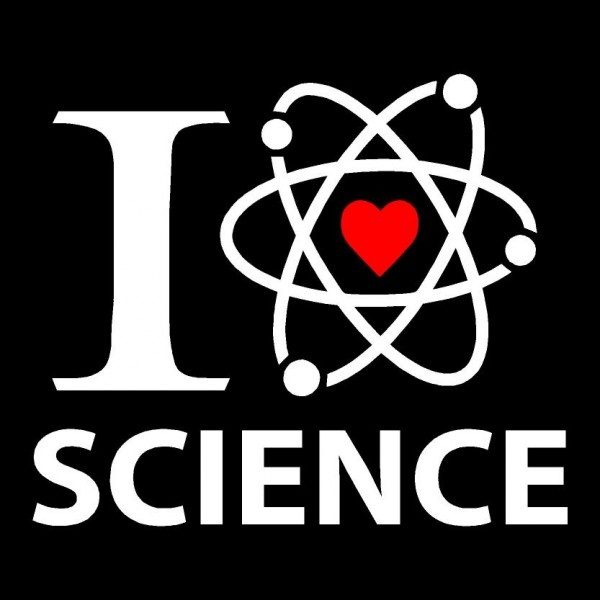




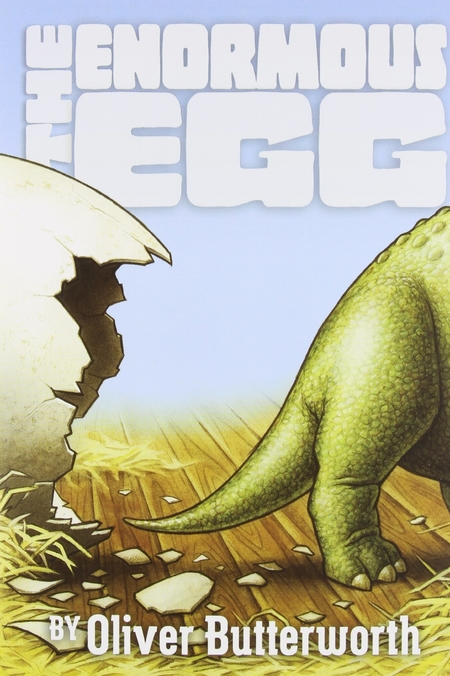





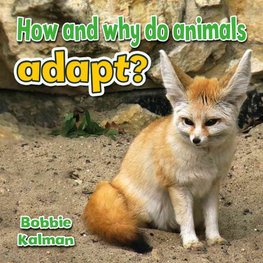



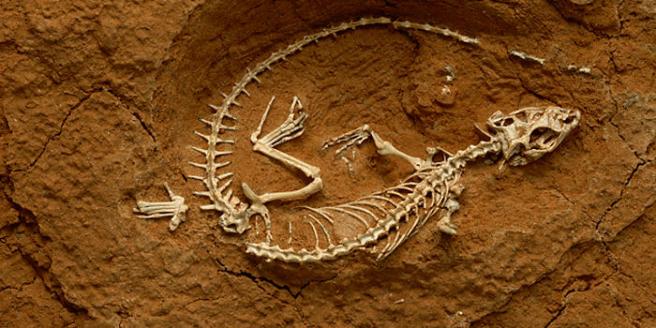






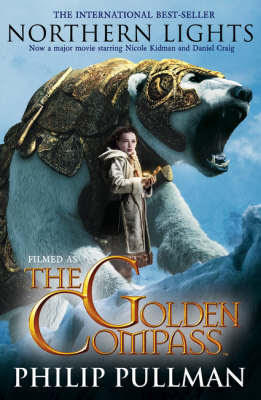
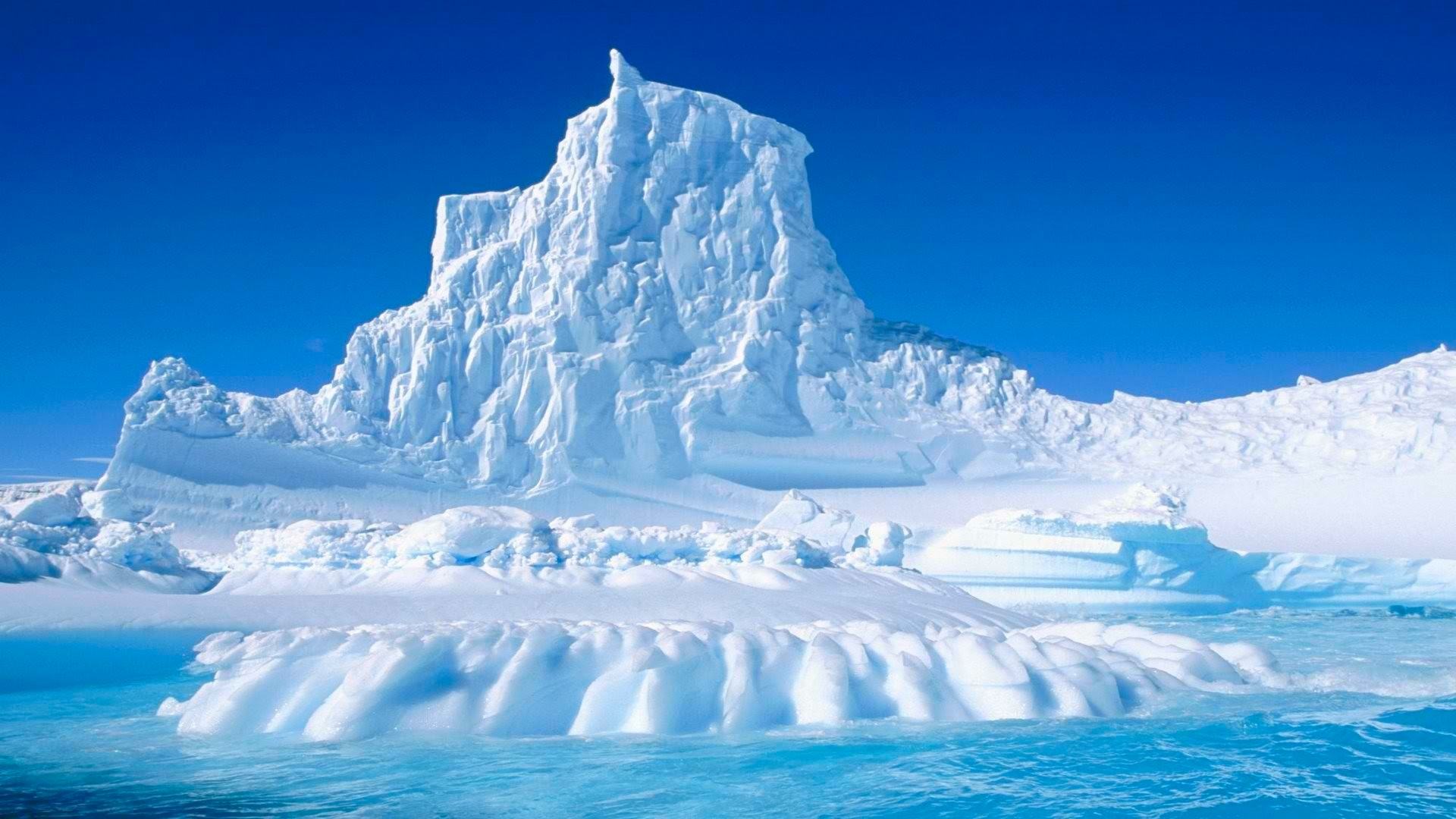




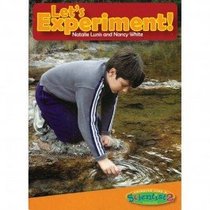


.png)














/cdn.vox-cdn.com/uploads/chorus_image/image/64650700/86b4700271.0.jpeg)